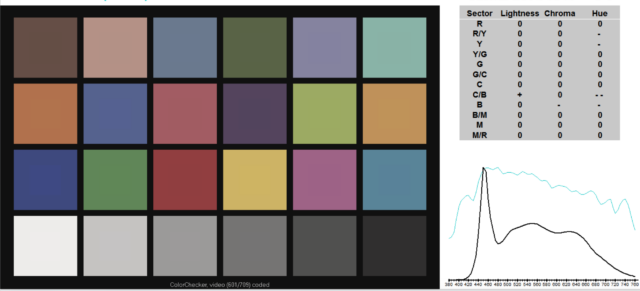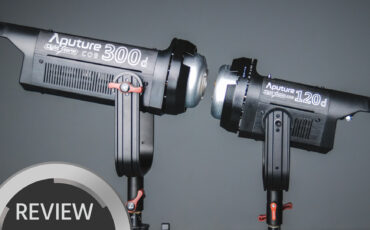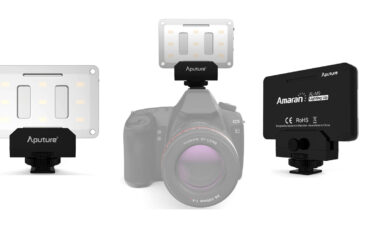Are Our Lights Worse Than We Thought? LED Light Accuracy And The TLCI
Our friend Dan Chung from newsshooter.com recently published a fascinating interview with Alan Roberts. We can best describe Alan as UK’s most respected camera tester who spent his career at the BBC evaluating and creating standards.
Since his retirement from the BBC he has continued to test independently and you may well have come across one of his white papers while researching your camera purchase.
Alan’s thoughts on “how to test and evaluate LED lights” go hand in hand with what we keep hearing from some LED manufacturers who are concerned that industry rivals are misleading their customers by indicating CRI (Colour Rendering Index) values as the most important factor about LED light accuracy, while in practice, this old “measuring standard” is actually borrowed from the architectural world when measuring lights for offices, shops and factories is required…
Based on a research done by BBC colleagues, Alan has created a new way to test lights and compare them scientifically bringing a better way to evaluate different light sources. The solution is the TLCI (Television Lighting Consistency Index) which, although not an approved international standard, is recommended by the EBU and is finding success among manufacturers.
The TLCI takes a measurement of the spectral power distribution of a luminaire, using a spectroradiometer. It then analyses the performance of the luminaire in the context of television. It awards a single number value to the luminaire, on a scale from 0 to 100. The significance of the numbering is the same as the CRI, but with important differences. Unlike the CRI, where a score of greater than 90 is widely regarded as the minimum for television use, the TLCI-2012 scores are more spread out:
85 to 100 – errors are so small that a colourist would not consider correcting them
75 to 85 – a colourist would probably want to correct the colour performance, but could easily get an acceptable result
50 to 75 – a colourist would certainly want to correct the errors, and could probably achieve an acceptable result, but it would take significant time to get there
25 to 50 – the colour rendering is poor, and a good colourist would needed to improve it, but the results would not be up to broadcast standard
0 to 25 – the colour rendering is bad, and a colourist would struggle for a long time to improve it, and even then the results may not be acceptable for broadcast
All of Alan’s LED light accuracy test results are published in the guild of television cameramen site and can be dowloaded from here. In order to help you understand the categories on the list, here is a short description made by Alan:
CCT – (correlated colour temperature)
d-(distance), If values are grater then 1, lights results are not particularity reliable.
Qa- That’s the TLCI score. The higher the number, better the light.
It is striking to see how poorly some leading manufacturers like Gekko, Manfrotto and Litepanels with their 1×1 panels did in terms of LED light accuracy. On the other hand, Litepanels Astra and a relatively young company by the name “Fiilex” with their Fiilex 100 did extremely well!
Head to newsshooter.com for the full interview Dan did with Alan

























